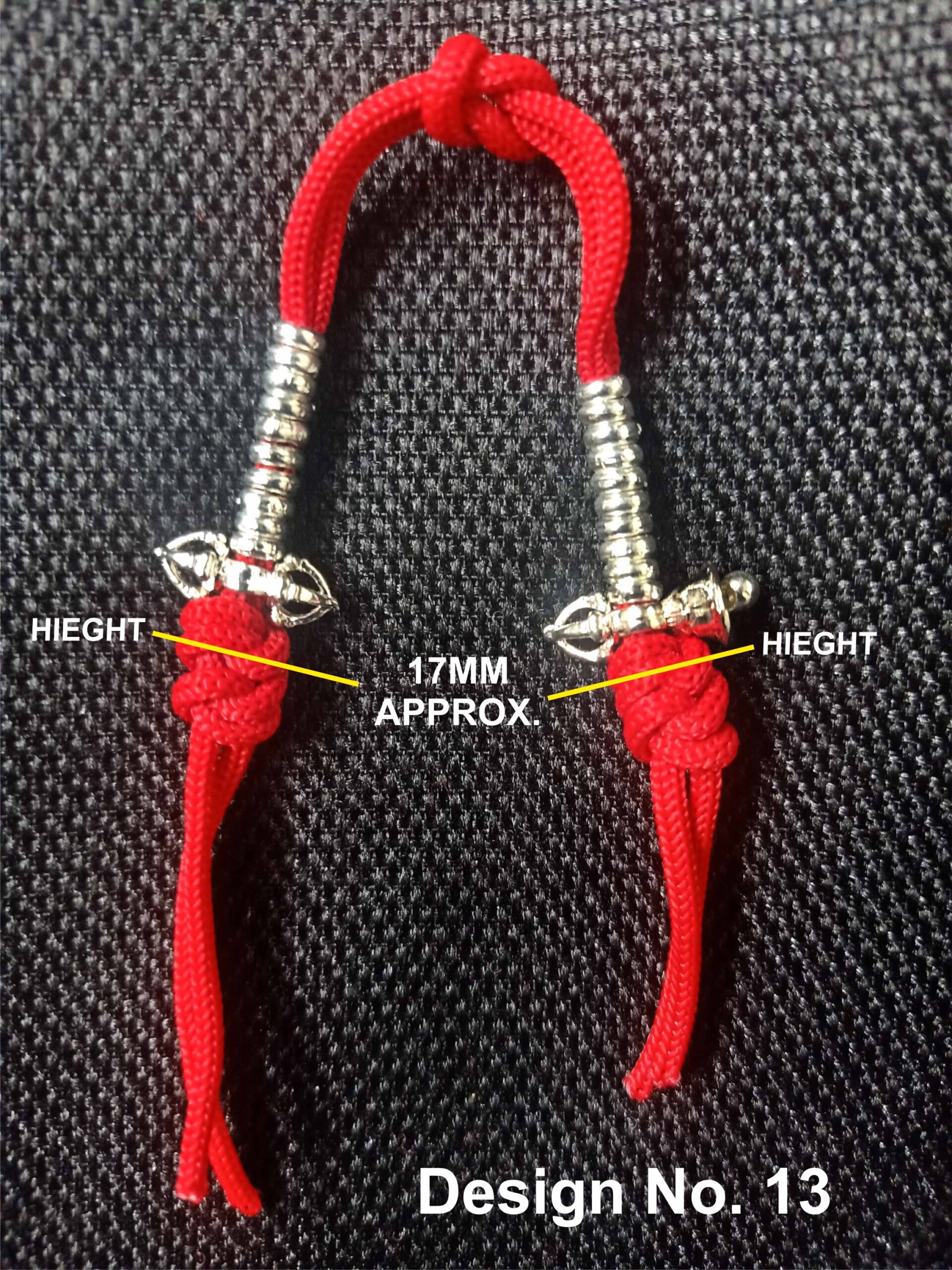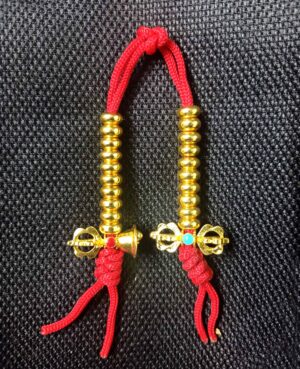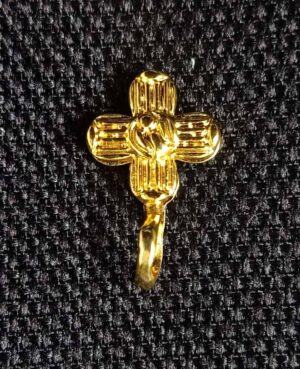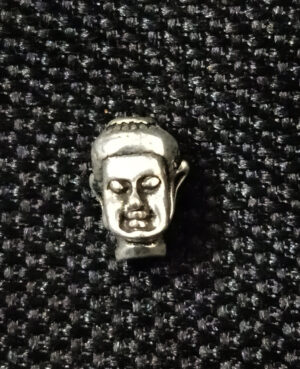MALA COUNTERS
Buddhism, like other traditions use prayer beads as a form of practice. Depending on your Buddhist lineage tracking and counting exact number of mantras is not important or required. Vajrayana (Tantric Buddhism) requires that a student follow his or her lineage’s traditional instructions to the letter, and this includes performing definite numbers of various activities, including the saying of prescribed numbers of mantras. Mala and Bhum counters help support and track this committed devotional practice.
Mala counters are designed to help track and count large number of mantra recitations in many Tibetan and Vajrayana traditions keeping exact track of your mantras is part of a tried and true rigorous method that works on the person at many different levels. There are many way to track and count mantras including writing down on a paper, using an older style clicker counter. Having Mala Counter and Bhum Counters on your Mala keeps everything together for easy tracking and exact counting.
One full turn around your Mala reciting a mantra counts as one hundred. The extra eight beads are your “buffer zone” for simple miscounts. When you finish one cycle of mantras (one hundred mantra recitations); move one counter bead on one of your Mala Counters (side A). When you finish ten cycles that is one thousand mantras have been counted. Now move all ten counter beads to their original position and move one of the other counter beads on the other Mala Counter (side B). This marks one thousand mantras recited. Once you do this times you have accomplished ten thousand mantras.
The most traditional set of Mala Counter have a Bell and Dorje and double Dorje or Viswa Vajra (Crossed Dorje) at the end. You can pick one side to count the 100’s and the other side to count 1000’s. Most prefer to count hundreds on the Dorje side and thousands on the Bell side. For the Viswa Vajra since both looks similar therefore you can use one side to count hundreds and the other for thousands.
Each set of Mala Counters can count up to ten thousand mantras. At that point you can reset the Mala Counters and begin working on your next set for that mantra or start another. The use of a Bhum Counter will help you track tens of thousands of mantras.
BHUM COUNTERS
Bhum Counters are “clips” which are used between the beads on your mala to count large amounts of mantras. Sometimes called “million markers” counters, these clips can be used for tracking tens of thousands, hundreds of thousands, and millions of mantras. Starting at the Guru Bead and working in one direction move the Bhum the Bhum counter one more bead. Additionally you can pair-up Bhum Counters for tracking and counting millions of mantras. This is done by using one Bhum Counter for marking ten thousand and another for marking one million mantras.





Reviews
There are no reviews yet.